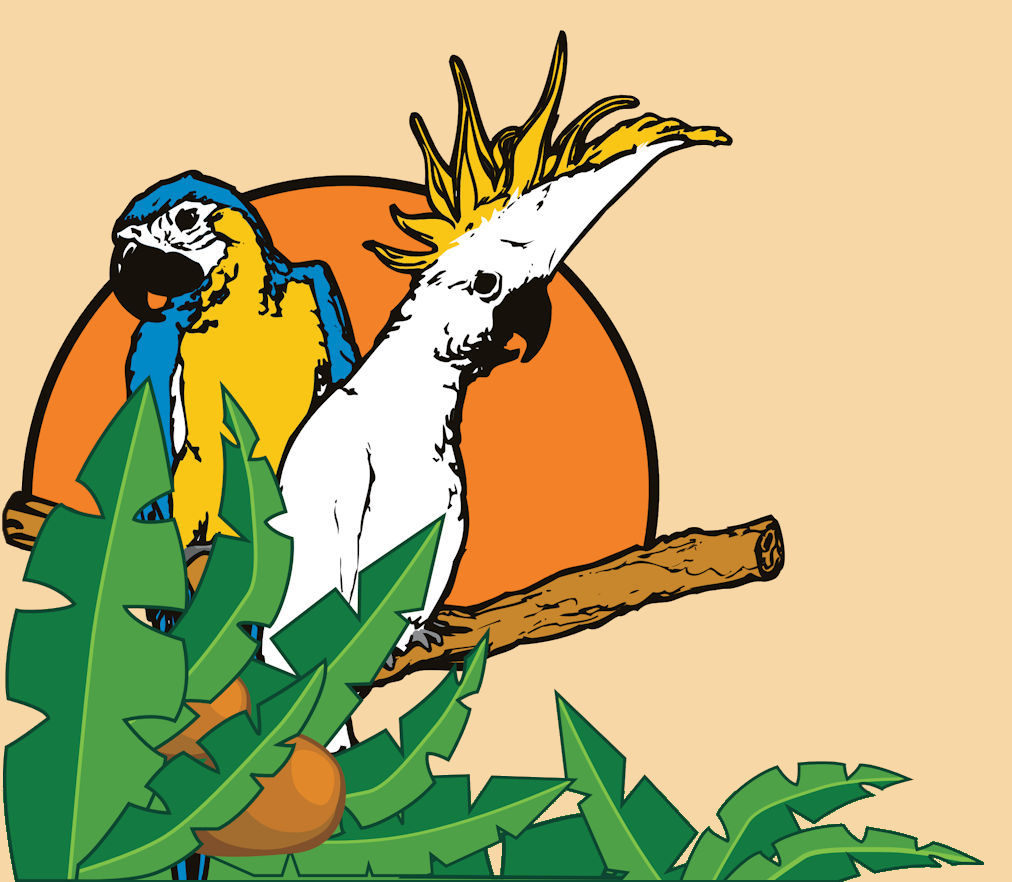Pumpkins are abound this time of year, and it is a great chance to expose your parrot to something new! Whether you are making a pie, carving jack-o-lanterns, or buying for fun, let your parrot play too. Pumpkins are actually a type of squash, and are a great source of vitamin A (great for eclectus and amazons), beta-carotene, and fiber.
To use a whole pumpkin, wash it thoroughly first, and then cut off the top or in half. For curious birds, leave it whole but carve out a few shapes to peak your bird’s curiosity. Use a toy skewer to hang it, or just place in the cage and let them have fun. This is healthy foraging object for large or destructive birds; some will be satisfied ripping it apart and others will love trying to get the pumpkin seeds hidden inside.
If you have leftover pumpkin scraps from cooking or jack-o-lanterns, you can feed it raw, boiled, steamed, or baked- and don’t forget to save the seeds as well. Pumpkin cooking and preparing times will vary by method and the size of the pumpkin or chunk sizes.
The pumpkin seeds can be eaten raw from the pumpkin, or you can prepare and dry them to save for later. Preheat the oven to 275 F. Remove the seeds from the pumpkin, place them into a strainer and wash several times while mixing to remove any slimy bits. Spread them out onto a layer of paper towels to dry them. Cover a cookie sheet with foil and spread the seeds out. Place them in the oven for about 30 minutes, using a spatula to flip/stir the seeds about halfway through cooking. Store in a zip-lock or airtight container.
Remember to not use cut pumpkins that have been sitting out, these can become moldy. Also, do not use pumpkins that have had candles inside, the smoke residue is harmful.
